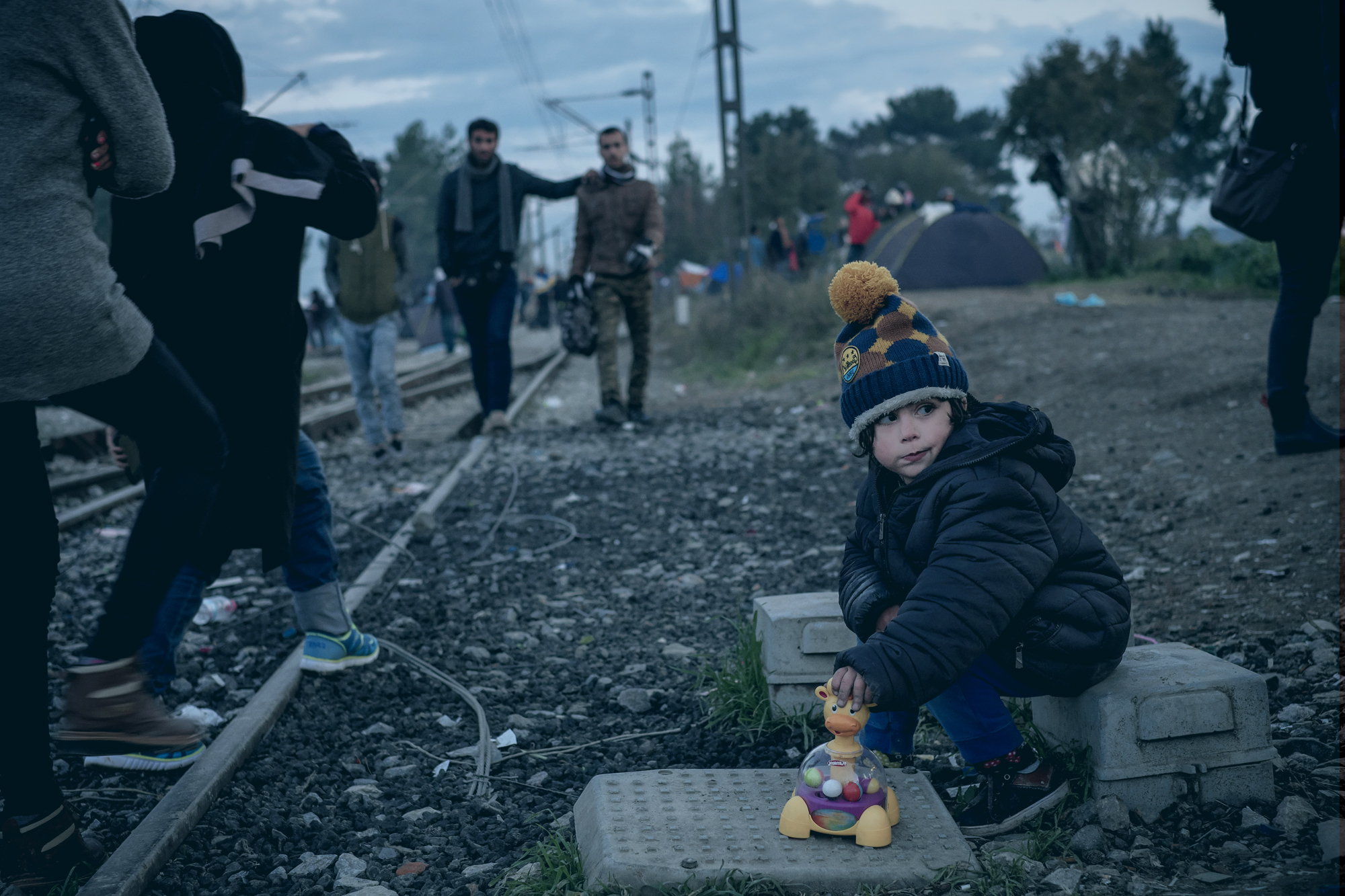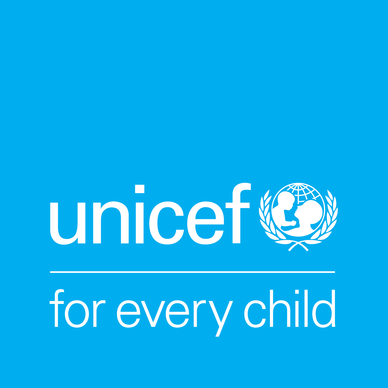

Donate and help protect
Children in emergencies
One Goal for Children
535 million children live in countries affected by emergencies – that’s one in every four children in the world today.
From conflict in Syria, to famine in South Sudan and hurricanes in Haiti, humanitarian crises are threatening the lives and futures of more children today than at perhaps any other time in history.
In 2016, the One Goal for Children initiative was launched with Rangers and Unicef teaming up to keep children safe. Thanks to partners like the Rangers Charity Foundation, Unicef was able to respond to hundreds of emergencies in 2016, many of which did not make the headlines here in the UK. Now, we are giving fans a chance to show their support
On 13 May 2017 Unicef will be the charity partner for Rangers vs Hearts. There will be bucket collections on the day as well as other activities to raise awareness of the plight of all children who find themselves caught up in crises. There’s never been a more challenging time for children. But by donating today, you can help us reach more children – especially where there’s little media attention but the need for help is just as great.
Please donate today and help keep children safe when a disaster strikes. Thank you.
Your gift will go directly to our Children’s Emergency Fund to save and protect children in emergencies around the world.

